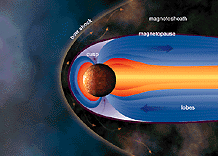Mercury's magnetic field is tilted. That means its magnetic poles and geographic poles are not in the same place.
Click on image for full size
Windows to the Universe original image
The Magnetic Poles of Mercury
Mercury has a magnetic field. Its field is weak. Earth's magnetic field is tilted. So is Mercury's. That means Mercury's magnetic poles are not in the same place as its geographic poles.
Mercury has a global magnetic field like Earth's. Earth's magnetic field is about 100 times stronger than Mercury's field. Scientists think swirling motions in the planet's molten iron core create Mercury's magnetic field. Mercury has a very large iron core. The core fills about 2/5ths of Mercury's volume. Earth's core fills less than 1/5th of Earth's volume.
Mercury's magnetic field is tilted. It is not lined up with the planet's spin axis. Since Mercury's magnetic field is tilted, its magnetic poles are not located in the same places as its geographic poles.
You might also be interested in:
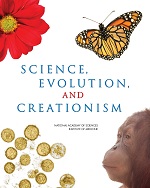
How did life evolve on Earth? The answer to this question can help us understand our past and prepare for our future. Although evolution provides credible and reliable answers, polls show that many people turn away from science, seeking other explanations with which they are more comfortable.
...more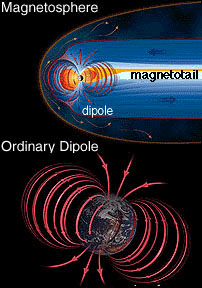
Text for this level has not been written yet. Please see the "Intermediate" text for this page if you want to learn about this topic. To get to the "Intermediate" text, click on the blue "Intermediate"
...more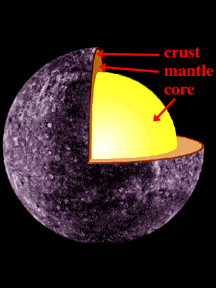
Mercury has a radius of 2439 km (1524 mi), and the metallic iron-nickel core is believed to make up about 75% of this distance. Measurements of the planet's magnetic field made by Mariner 10 as it flew
...more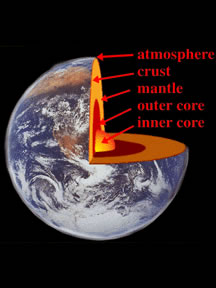
The Earth's interior is made of rock and metal. It has four main layers: 1) the inner core: a solid metal core 2) the outer core: a liquid molten core 3) the mantle: dense and mostly solid rock 4) the
...more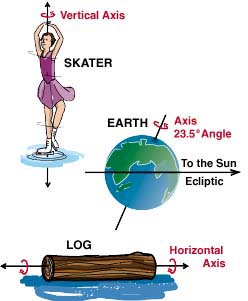
The Earth is rotating around an axis (called its rotational axis). Some objects rotate about a horizontal axis, like a rolling log. Some objects, such as a skater, rotate about a vertical axis. The Earth's
...more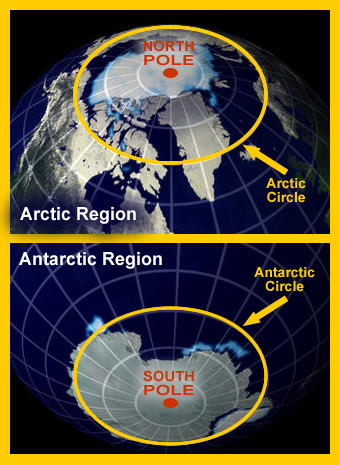
The Polar Regions are the areas that are near Earth's North and South Poles. The area near the North Pole is called the Arctic. Most of the Arctic is ocean water with ice on it. The ocean is called the
...more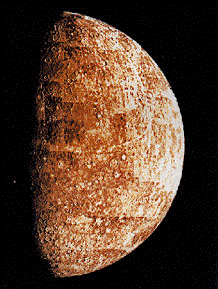
Mercury, like the other planets, is believed to have formed in the earliest stage of the evolution of the solar system as dust came together to form even larger clumps and eventually small planets or
...more
Mercury, the innermost planet of the solar system, is a little bigger than the Earth's Moon. The surface of the planet is covered with craters, like the Moon, but temperatures there can reach over 80
...more


